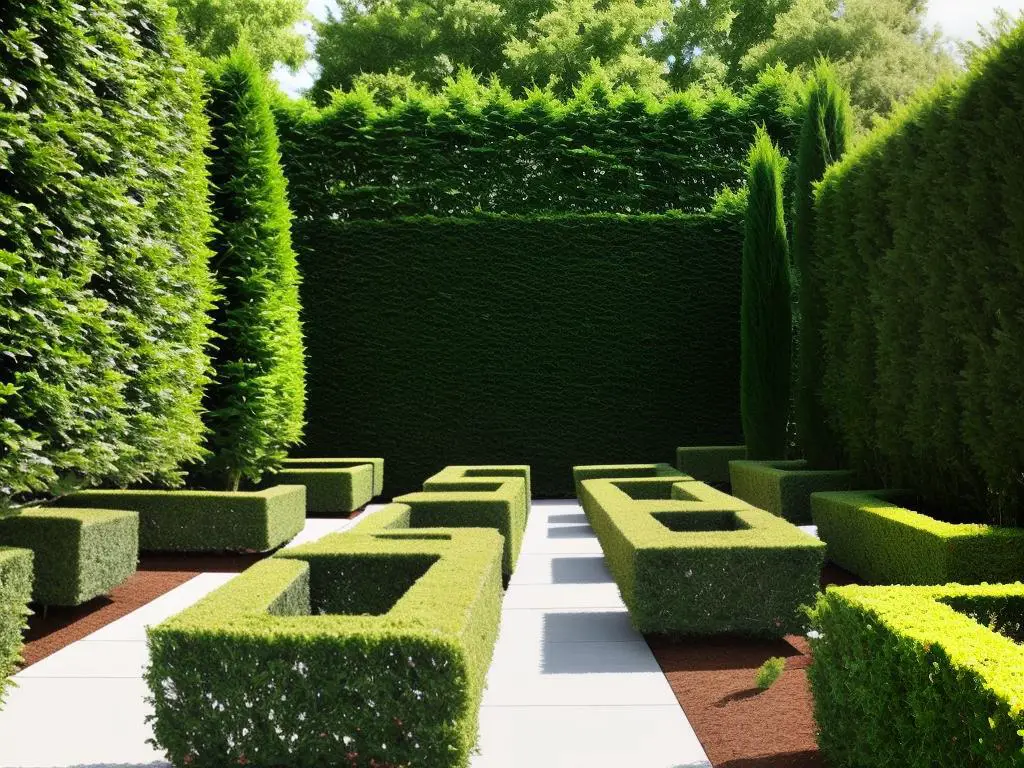Many homes place a high value on privacy, and installing quickly growing privacy hedges is a popular, environmentally friendly alternative.
These natural barriers provide much more than just boundary marking; they also enhance the beauty of the surrounding vegetation and provide a safe haven for a variety of bird species.
The general definition of a fast-growing privacy hedge, the reasons one might want one, and the variety of plant options will all be covered in this talk.
We’ll also help you make decisions by taking into account things like your region’s climate, sunlight exposure, soil quality, and aesthetic and growth-rate preferences.
Lastly, we will work through the procedures for planting, caring for, and maintaining your hedge for optimum development together.
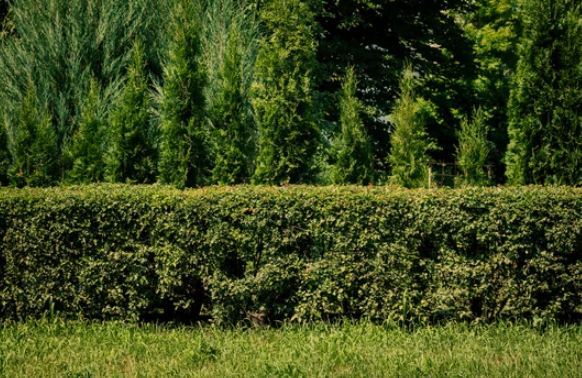
Fast-Growing Privacy Hedges
Fast-Growing Privacy Hedges
Creating a green wall on your property.
Fast-growing privacy hedges are rows of trees or shrubs which are cultivated to grow quickly and densely to create a unitary green barrier. They can thrive to offer screening and privacy or merely serve as ornamental elements, giving visual aesthetics to a personal property.
Importance and Benefits of Having a Privacy Hedge
Privacy hedges hold significant value for many homeowners, as they offer practical and versatile options for improving the aesthetic appeal, functionality, and value of a property. Key advantages include noise abatement, windbreaks, and providing shade, on top of the ultimate goal of enhancing privacy from the external world.
Privacy hedges can effectively reduce street noise, giving you a much quieter and more relaxing environment. The wind can also be reduced by these hedges, helping to lower heating costs in cold weather and creating a more comfortable outdoor environment in windy conditions. The thick greenery of hedges can provide ample shade, reducing the heat of summer and protecting your home from the harsh sun. As a bonus, these hedges can serve as habitat for various species of birds and insects, indirectly promoting biodiversity.
Moreover, visible separations between you and your neighbors could be tactfully defined by these hedges, avoiding possible conflicts that might arise from ambiguity of property boundaries. Plus, enhancing your privacy with the décor that only Mother Nature can offer, these hedges are typically more appealing than fences or walls and will increase the overall aesthetic value of your property, which could significantly offset the long-term cost of pruning and maintenance.
Plant Options: Green, Fast, and Beautiful
Choosing the right plant for your privacy hedge depends on your specific needs, the climate, and the landscape of your area. There’s a myriad of selections, each with their own unique growth rates, appearance, and maintenance requirements.
Popular fast-growing choices include the North Privet (Ligustrum x ibolium), a rapid grower that can reach up to 12 feet and withstand heavy pruning. For wet conditions, the Willow hybrids (Salix) can be high-speed soldiers, growing up to 6 feet a year under optimal conditions, reaching up to 40 feet. Leland cypresses (Cupressocyparis leylandii) are another favorite pick, with an astonishing yearly growth of about three feet and reaching a height of fifteen to forty feet.
Arborvitaes (Thuja) are ideal for homeowners who want an evergreen screen quickly. The Green Giant (Thuja standishii x plicata) can leap up to five feet per year. Meanwhile, for those in warmer climates, Bamboo might be the best bet. It grows fast and offers an exotic appeal, but be cautious, as some varieties are invasive.
The Value of Investing in Privacy Hedges
In essence, privacy hedges serve as an attractive and viable substitute for traditional fences and walls to enhance your property’s privacy. They are particularly appealing due to their rapid growth rate, making them an efficient solution for those who have just acquired a property and want quick results. As for the upkeep of these hedges, though it may require effort, it’s a worthy investment when you take into account their visual appeal, functionality, and environmental contributions.
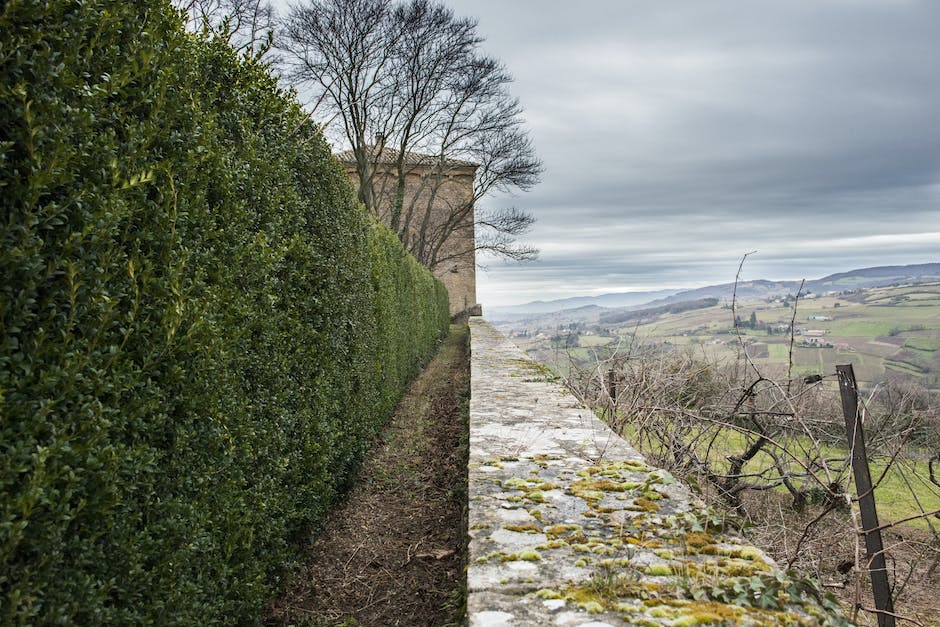
How to Choose the Perfect Hedge
Selecting the Ideal Hedge: Key Factors to Consider
When it comes to choosing the best fast-growing privacy hedge, multiple elements come into play. The selection process not only depends on your plant preferences but also takes into consideration various conditions such as climate regions, sunlight exposure, soil type, and the anticipated size of the plant.
Understanding the Climate Region
First off, it’s important to understand that different plants thrive in different climate regions. Therefore, choosing a plant that is perfectly suited for your local climate will save you much heartache and effort in the long run.
Climate patterns across regions influence the growth and survival of plants. For instance, some hedges, like the English Holly, do well in cool, temperate climates but may struggle in an area with harsh, hot summers. Similarly, the oleander thrives in Mediterranean and desert-like conditions but falters in colder locations.
The Importance of Sun Exposure
Equally important is the amount of sun exposure a plant gets. Plants, like the Thuja Green Giant and wax myrtle, grow relatively full and dense in full sun, making them excellent choices for privacy hedges. However, others, such as the Hemlock or Yew, are more adaptable to shady conditions.
Find out how much sun your plant will get in the space you are considering for the hedge. Factor in any change from season to season and time of the day as well, which mostly depends on the orientations of your property.
The Role of Soil Conditions
Soil conditions are just as critical in determining the growth and health of your hedge. The pH level, fertility, and texture of the soil can be a boon or bane for your plants. Besides, the soil should have good drainage—a waterlogged soil can choke the plants to death, while drought-like conditions might suppress their growth altogether.
Plants like boxwood or privet are pretty tolerant of various soil conditions, including clay, sandy or loamy soils. In contrast, others, like the Leyland Cypress, need well-drained soils to thrive.
Personal Preferences: Size, Growth Rate, and Color
Your personal preferences have a significant role to play in the selection process too. You might prefer a tall, mature hedge like the Leyland Cypress for an absolute screen against prying eyes. Alternatively, a moderate height might be more suitable if you’re more interested in demarcating your property.
The growth rate should align with your patience and expectations. Fast-growers like the Willow Hybrid can put on a staggering 6 feet per year once established. However, they require more maintenance and pruning than their slower counterparts.
Last but not least, the color is an aesthetic choice that adds to the beauty of your property. The deep green of the Thuja Green Giant, the vibrant gold of Golden Vicary Privet, or the bluish tint of the Blue Arrow Juniper can be chosen to suit your visual preferences and to complement your property’s color scheme.
Choosing the appropriate hedge involves understanding your local environmental conditions and aligning them with your aesthetic and privacy preferences. Striking the right balance can result in your hedge transforming from merely a privacy screen to a distinguishing feature that enhances the beauty and value of your property.
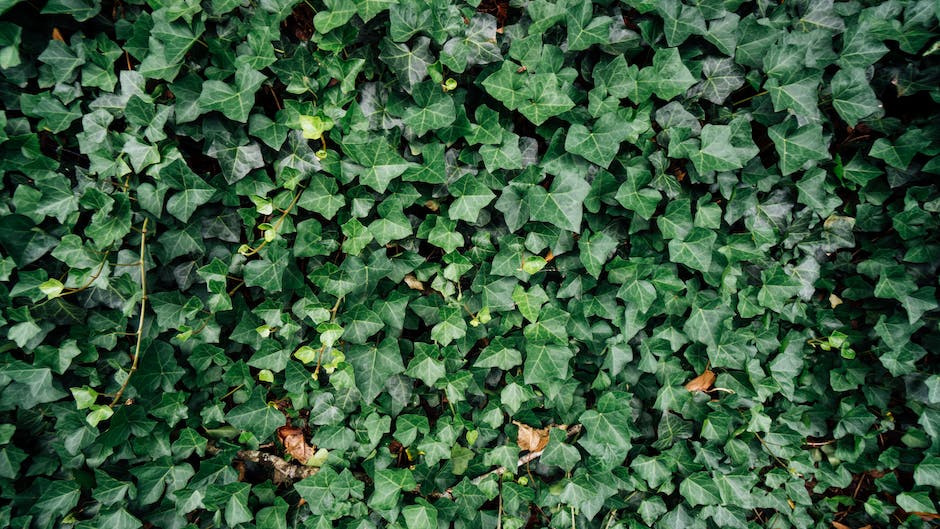
Planting and Caring for Your Hedge
Considering Fast-Growing Privacy Hedges
If privacy is an immediate concern, fast-growing varieties like privet, laurel, or holly could be optimal choices. These plants usually grow around one to two feet per year, offering an effective and appealing privacy screen. Bamboo could be another potent alternative, with certain species achieving full growth in just one growing season. Still, it’s crucial to bear in mind that while they offer quick results, these rapid growers tend to demand more maintenance than their slower-growing peers.
Planting Techniques for Hedges
The effectiveness of your hedge is dependent upon how well it was planted in the first place. Begin with digging a trench that is roughly twice the width and the same depth as the root ball of your plant. This gives the roots ample room to grow and establish themselves. The distance between individual plants will depend on the species, but, as a rule of thumb, the spacing should coincide with the mature width of the plant. Fertilize and water the trench before planting for optimal growth.
Watering and Fertilizing Routines for Hedges
Just like any other plant, hedges need watering and fertilization to thrive. To establish new hedges, keep the soil constantly moist but not waterlogged. Once established, a deep watering once a week will suffice. Automatic drip irrigation systems can be a beneficial investment for maintaining moisture levels in the soil.
As for fertilizing, apply a controlled-release fertilizer once a year, preferably in early spring before the growing season. This ensures the plant will have adequate nutrition throughout its rapid growth period and maintains the health of the plant.
Common Pests for Privacy Hedges
Common pests to watch out for include aphids, caterpillars, mites, and beetles. Monitor your hedges regularly for signs of infestations, such as visible pests, changes in foliage color, or an influx of birds. Insecticidal soaps or horticultural oils can effectively combat many pests without causing harm to the plant or the local ecosystem.
Diseases of Privacy Hedges
Hedges can also fall prey to various diseases. Most commonly, fungal diseases like powdery mildew or fungus spots can occur. Regular use of an approved fungicide can prevent these diseases and should be part of your maintenance routine.
Importance of Pruning
While fast-growing hedges provide quick privacy, they also need regular pruning to maintain their shape and health. Be sure to prune your hedge at least once or twice a year. The frequency of pruning may also depend on the type of plant and your desired aesthetic. Avoid heavy pruning in late fall, as cuts can be damaged by cold winter weather and delay spring growth.
Cultivating a Fast-Growing Privacy Hedge for Lasting Impact
Establishing a privacy hedge may demand a considerate amount of time and energy. However, with the right attention to planting and nurturing, you could soon be enjoying a robust, fast-growing hedge that adds not only privacy but also an appealing aesthetic touch to your space for many years.
Best Fast-Growing Hedge Plants
Considering American Arborvitae: An Evergreen Marvel Ideal for Colder Climates
Taking a closer look at the vast variety of fast-growing privacy hedges, we find the American Arborvitae (Thuja occidentalis), a species of evergreen coniferous trees recognized for their rapid growth and sturdy resistance in the face of adverse weather conditions. Local to North America, the plant can sprout up to 20 feet in just seven years and presents an efficient solution for those seeking to create substantial privacy in a relatively short span of time.
The American Arborvitae thrives best in cold climates, and these are specifically preferred by occupants of temperate zones. This species loves sunlight, craving a minimum of six hours a day, and prefers well-drained, damp soil conditions for optimal growth. Its distinct, scale-like leaves flaunt a lush green color that would complement any landscape. Left untrimmed, its natural conical shape makes a beautiful addition to your garden.
Bamboo: is the fastest-growing plant, ideal for mild climates
Recognized as the fastest growing plant in the world, some species of bamboo can shoot up to 35 inches within a 24-hour period under ideal conditions. Bamboo grows in a wide variety of climates, but it performs best in regions with mild winters and ample rainfall.
As for care, Bamboo requires little maintenance, but it does appreciate regular watering, especially during dry periods. It should be noted, however, that bamboo can become invasive if not properly managed, so it is crucial to install barriers or opt for a clumping variety that does not spread as easily. Even though Bamboo doesn’t have the traditional image of a hedge, its slender, upright structure and lush green color can contribute a unique and attractive aesthetic to your property.
Leyland Cypress: Quick-growing conifer for warm climates
Another popular choice for fast-growing privacy hedges is the Leyland Cypress (Cupressus × leylandii). Originating from the UK, Leyland Cypress can grow up to 3–4 feet per year under optimal conditions. It is also adaptable to a range of soils and can withstand coastal conditions.
The plant appreciates a sunny spot and well-drained soil for best growth. Pruning can be an annual task to keep it in shape and control its size. With its dense and lush green foliage, a Leyland Cypress hedge provides not only privacy but also adds a touch of charm to any landscape.
Photinia: a rapid-growing hedge for temperate climates
Photinia, especially the ‘Red Robin’ variety, is applauded for its rapid growth, adding as much as 2 feet per year. Photinia is a versatile hedge plant, suitable for a large range of regions, but thrives best in temperate climates.
This plant demands minimal care; regular pruning in spring or late summer will encourage its spectacular red foliage. While full sun helps the plant to flaunt its vibrant red leaves, it can still tolerate partial shade. Paired with its shiny, evergreen leaves and small white flowers that bloom in the spring, Photinia is an attractive choice that offers a mixture of privacy and embellishment.
Each of these plant types offer fast growth rates for creating privacy hedges in various types of climates. Their unique aesthetic properties, as well as their particular cultural needs, offer a range of options to suit different personal tastes and regional characteristics.
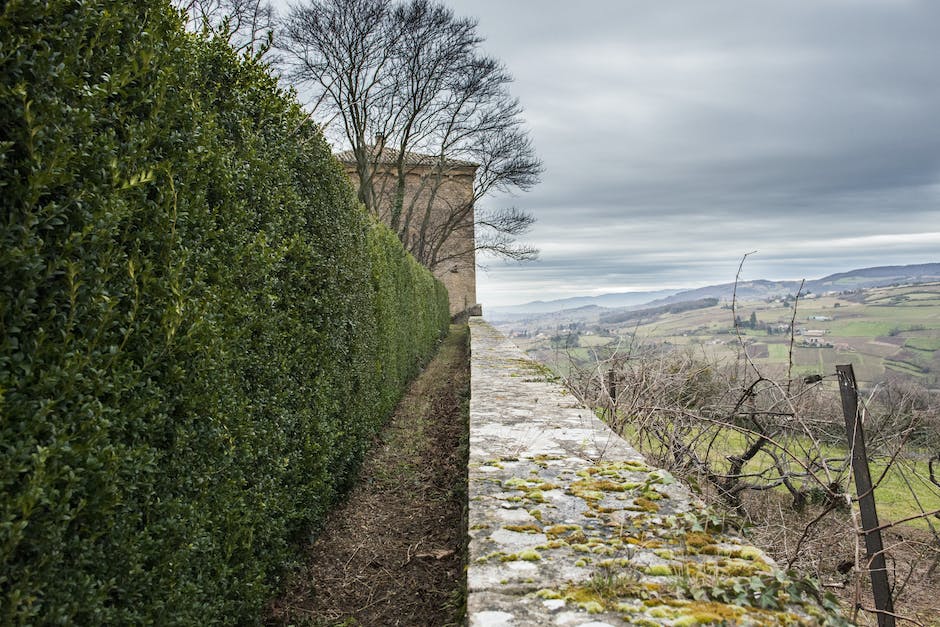
From selection to planting and care, the journey of cultivating a privacy hedge is actually an inclusive, rewarding process that commingles aesthetics, privacy, and interaction with nature. The choice of the best fast-growing hedges tends to vary widely depending on your locality’s climate, sun exposure, and soil conditions, in addition to personal color preferences, growth rates, and plant size. The act of planting and nurturing these hedges involves techniques and routines essential for hedgerow vitality and longevity. Remember to watch out for common pests and diseases to ensure your investment thrives. Embracing these practices not only results in a beautiful and functional privacy barrier but also contributes to a healthier, more vibrant ecosystem right in your backyard.

